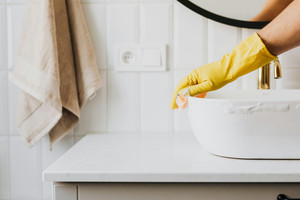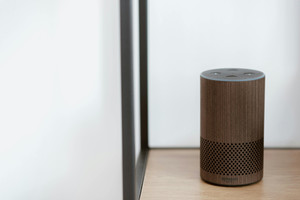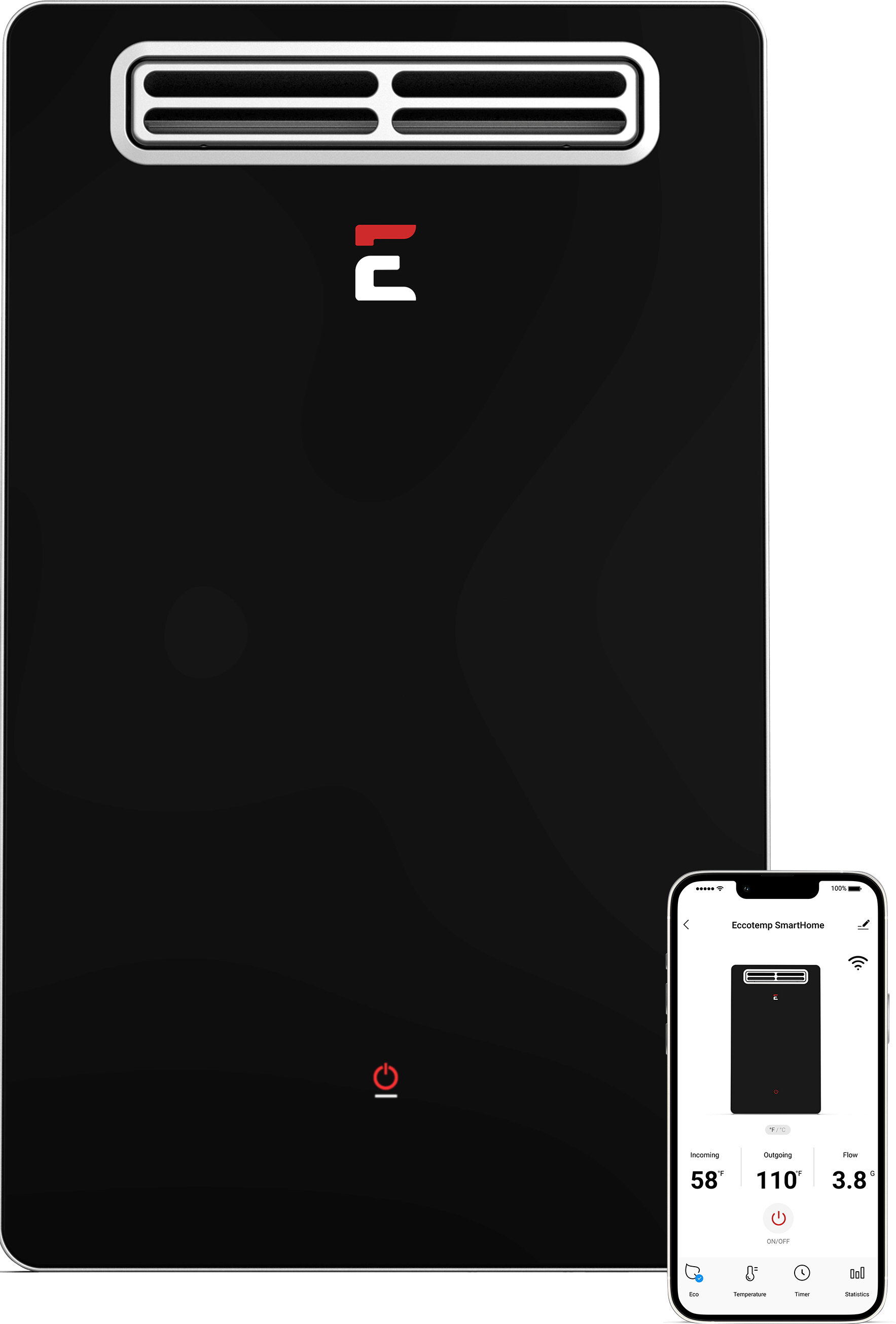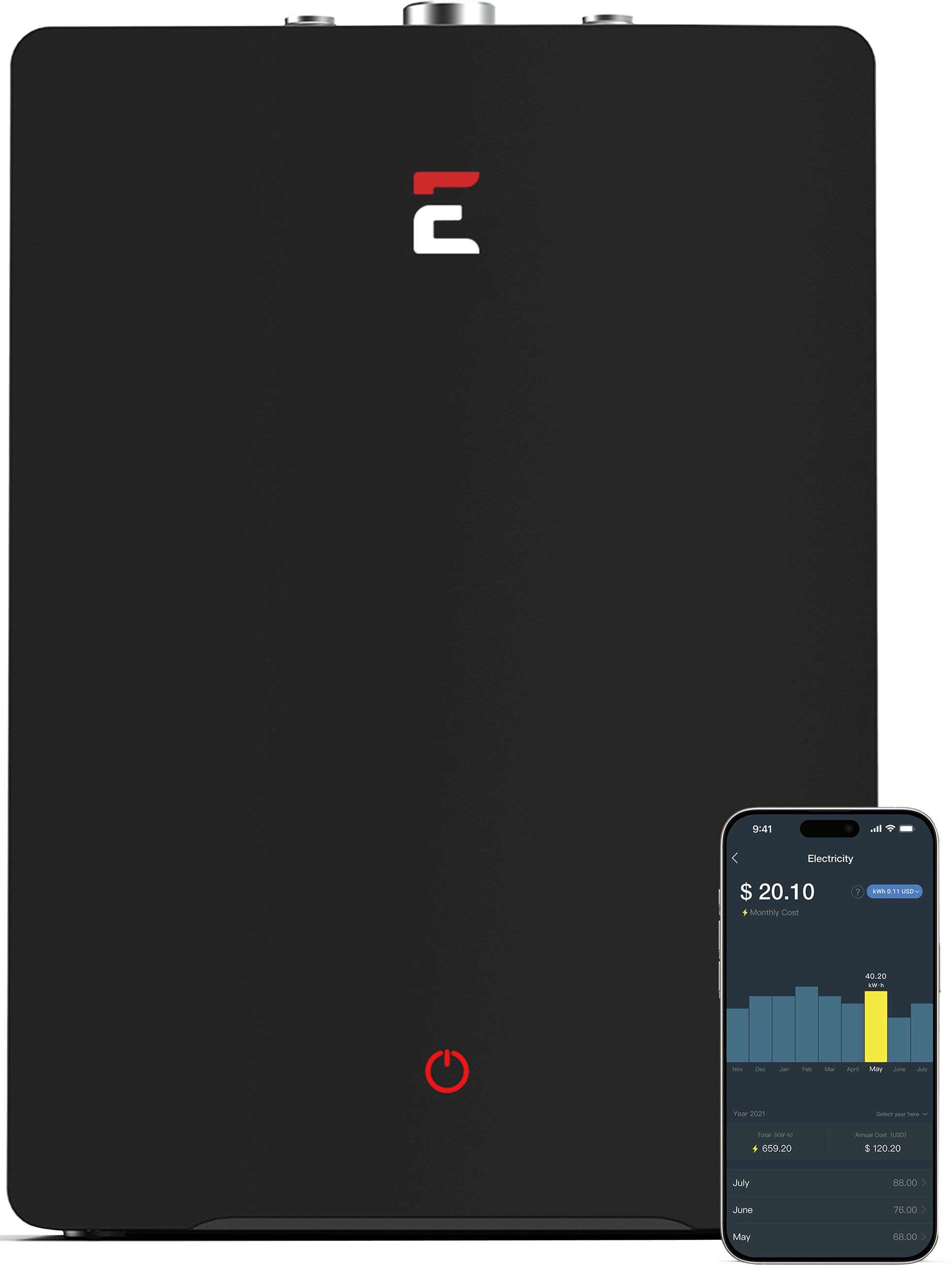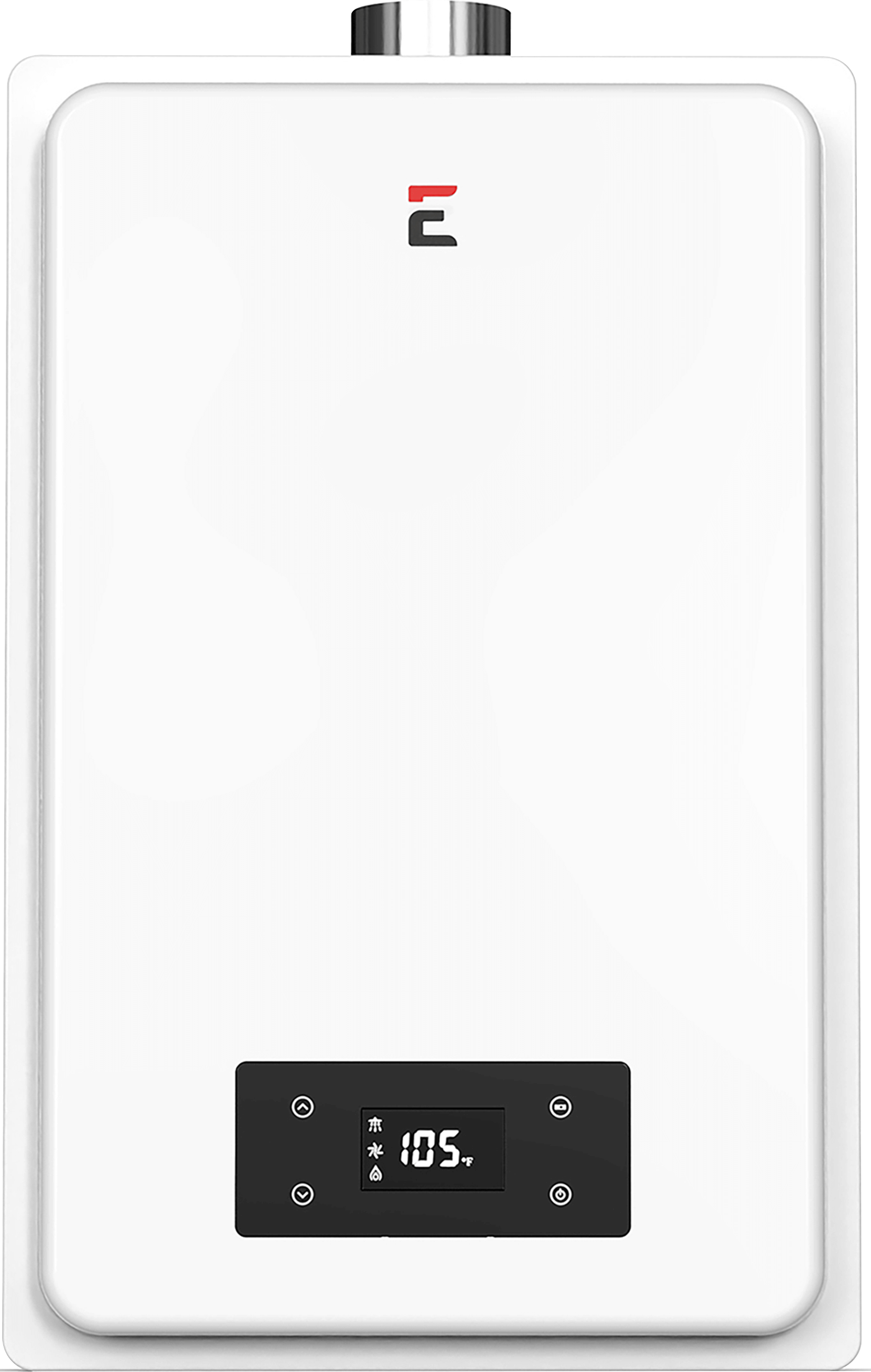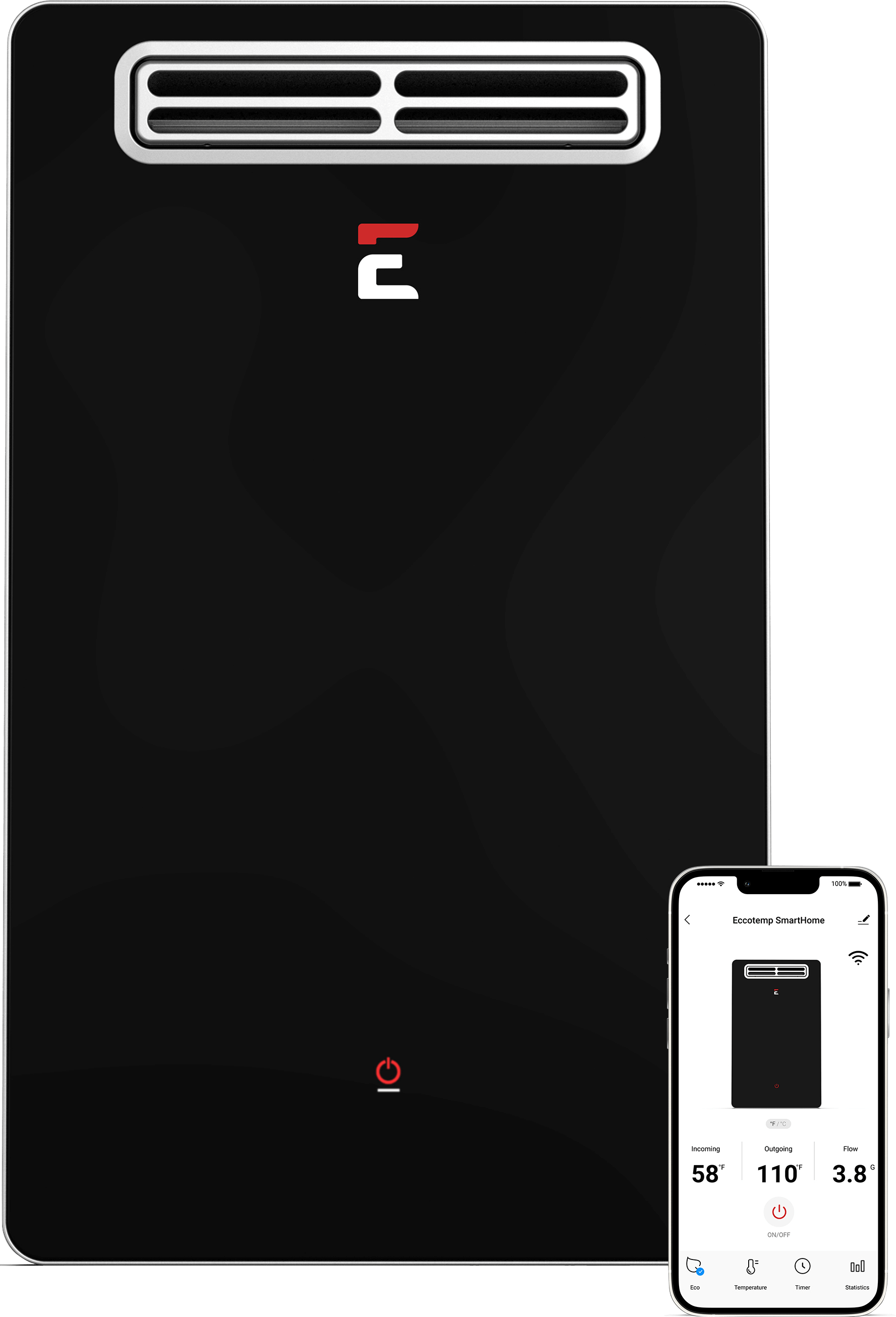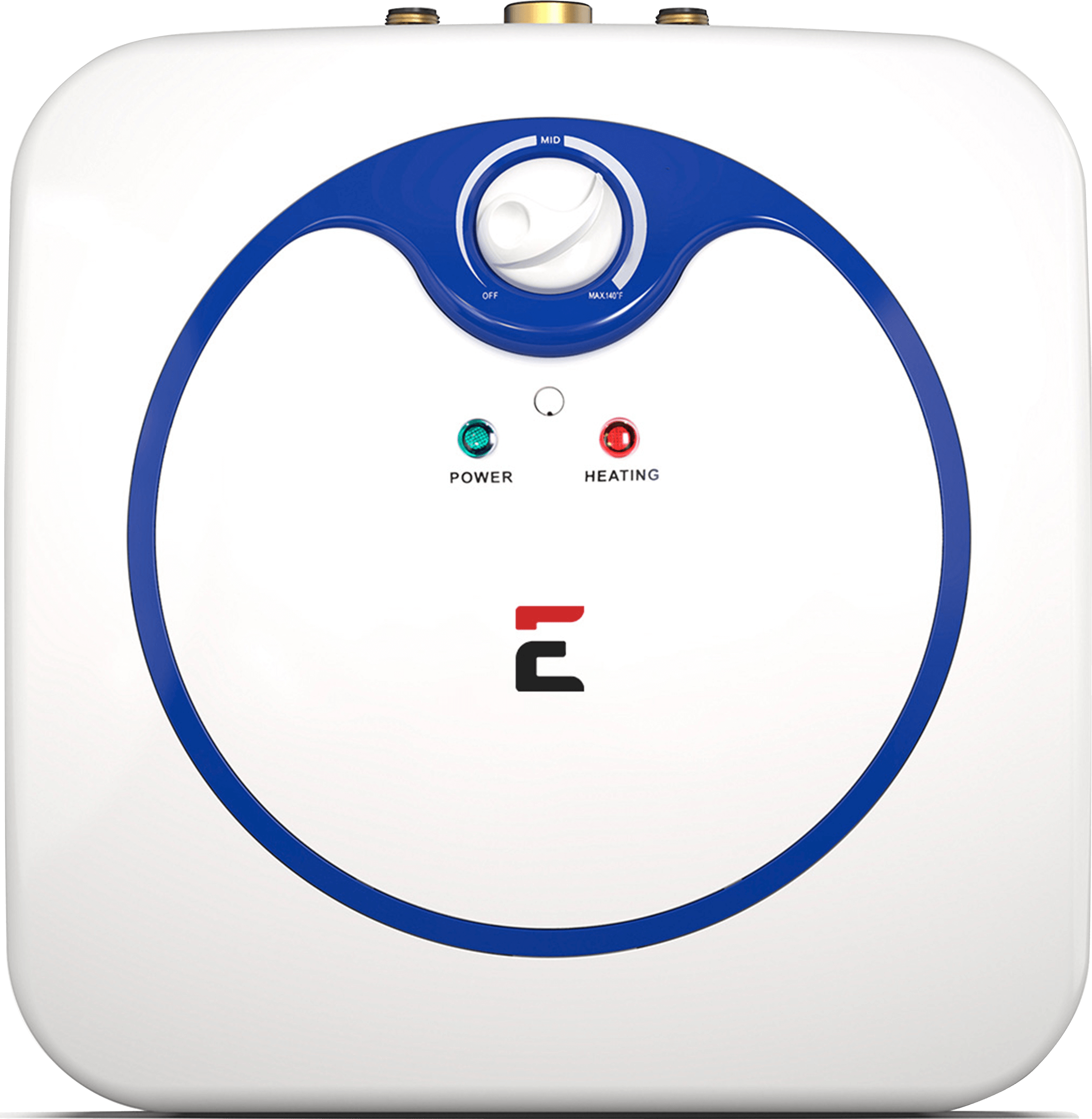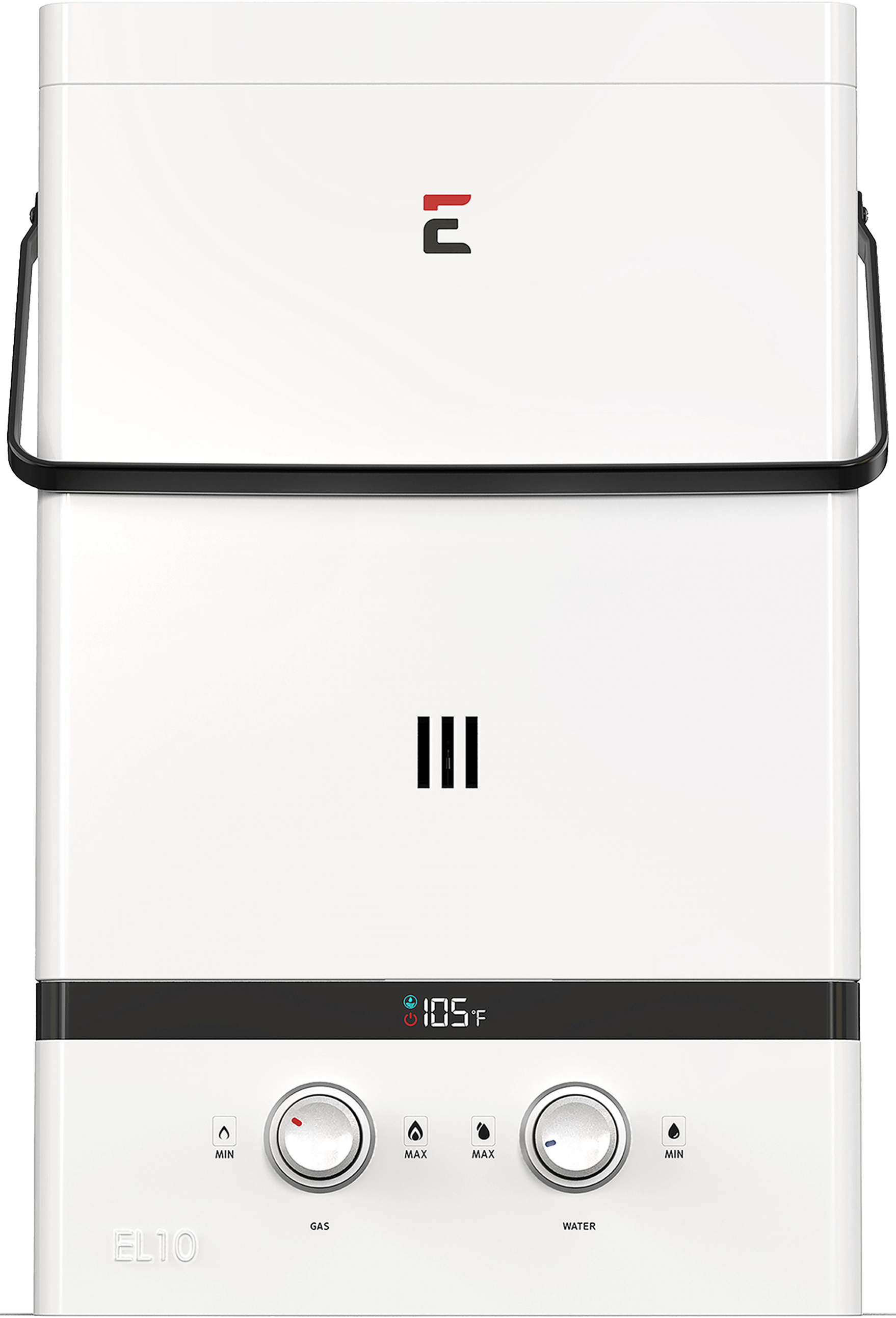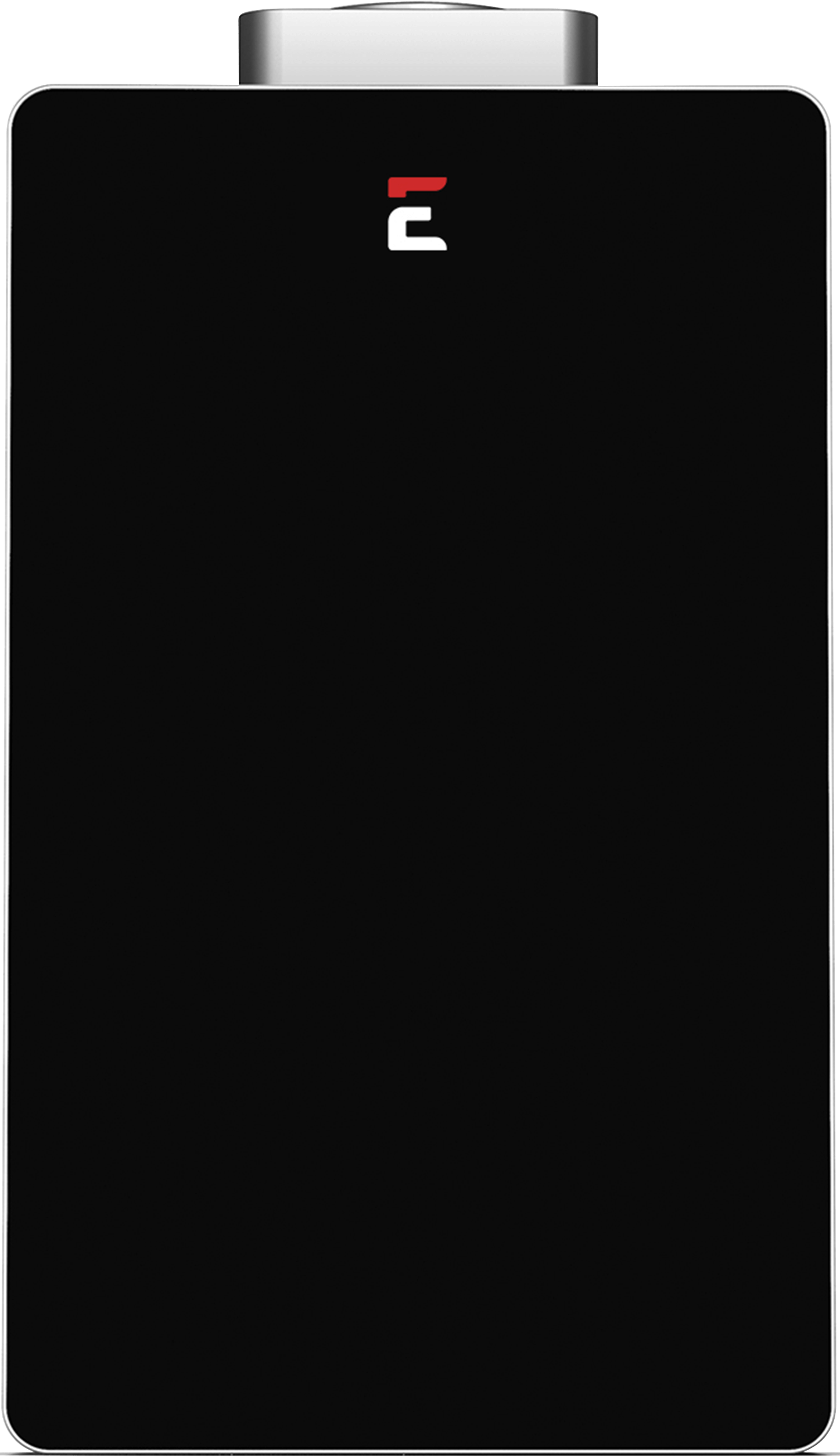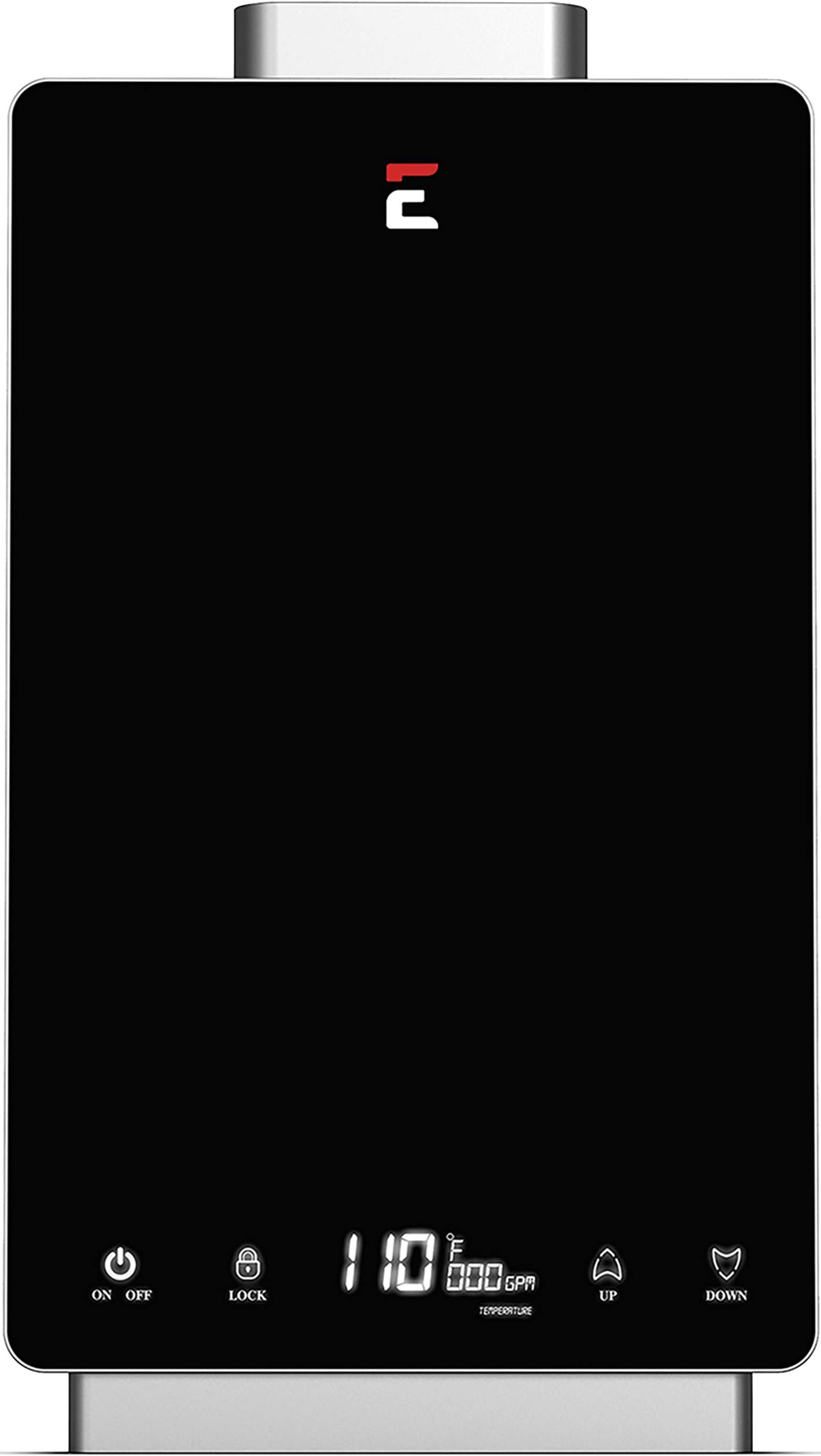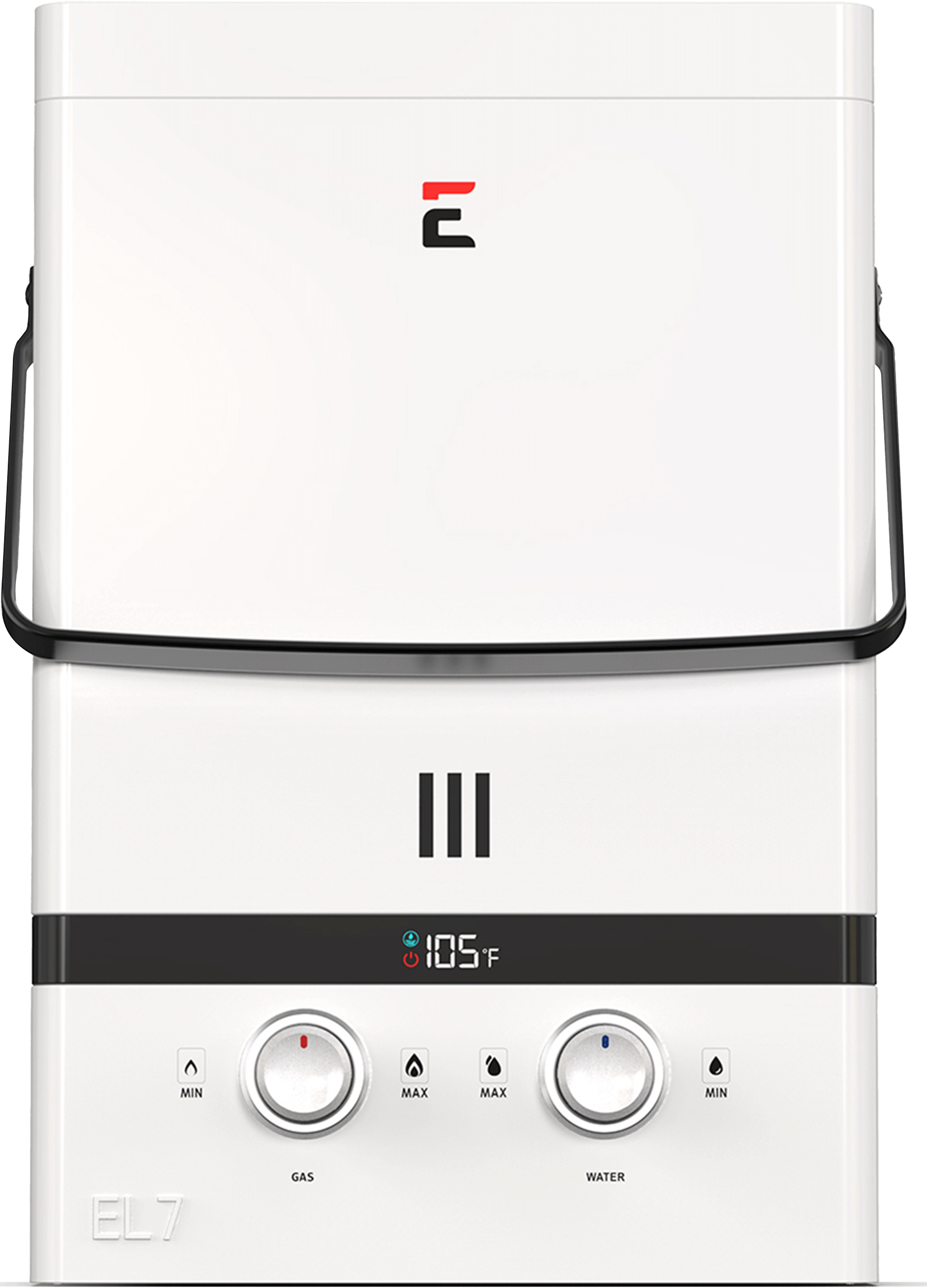Step-by-Step Guide to Installing Your Eccotemp Tankless Water Heater
Introduction: Why Proper Installation Matters
Installing a tankless water heater requires attention to detail, a basic understanding of plumbing or electrical work, and a clear process to follow. For both DIY enthusiasts and professional contractors, proper installation ensures that the appliance performs efficiently and safely for years to come. In this guide, you’ll learn everything necessary to successfully install an Eccotemp tankless water heater, from preparation to post-installation checks. Learn more to know how to choose the right water heater size for your home in this guide.
Preparing for Installation
Before you begin, take time to evaluate the installation space. Choose a location that is well-ventilated, free from moisture buildup, and close to your plumbing lines. Make sure the wall or structure where you plan to mount the water heater is strong enough to support it securely. If you are installing an indoor model, ensure there is a clear path for venting the exhaust to the outside. Additionally, confirm whether your Eccotemp heater is powered by electricity, propane, or natural gas and check that all necessary utility connections are available nearby. Also, it’s important to avoid laundry rooms as the lint in the air can become a fire hazard.
It’s important to verify local building codes or permit requirements for gas and water heater installations. Always follow municipal guidelines and regulations.
Tools Needed for Installation
To install your Eccotemp tankless water heater, you will need a few essential tools. These may include an adjustable wrench, pipe cutter, pipe thread sealant or Teflon tape, screwdrivers, drill, level, gas leak detector spray, hose clamp or crimping tool for PEX plumbing, voltage tester, water pressure gauge, a bucket or basin for draining water, and any appropriate mounting hardware. Having these tools ready will help you move efficiently through the installation process and avoid unnecessary delays.
Step 1: Marking and Mounting the Water Heater
Begin by identifying the best location on the wall to mount the water heater. Use a level to ensure accurate placement, then mark the holes for drilling. After drilling, insert anchors if necessary and securely fasten the mounting screws or brackets. The water heater should sit upright, level, and slightly elevated if installed outdoors to protect it from splashing water.
Proper mounting ensures both accessibility and safety. Position it at a height that allows easy access to the control panel and plumbing connections. Make sure there is ample clearance around the appliance for ventilation and maintenance access.
Step 2: Connecting the Water Supply Lines
Once mounted, you can connect the cold and hot water lines to their respective inlets and outlets. It is important that you refer to the product’s manual to ensure you have the proper size and diameter of water lines so that you don’t experience activation issues. Most tankless water heaters are flow activated and too small of lines can restrict the flow and not allow activation. Apply Teflon tape or a pipe thread sealant to prevent leaks, and tighten the fittings with care to avoid damaging the threads. After connecting, slowly open the cold water supply valve to check for leaks. It’s a good practice to install shut-off valves on both lines so you can easily isolate the appliance for future maintenance.
Take time to confirm that water is flowing properly through the system. Let it run briefly to flush out any debris from the lines and to ensure that pressure is adequate before continuing.
Step 3: Connecting the Gas Line (for Propane or Natural Gas Models)
For gas-powered models, connect the gas line according to local gas codes and Eccotemp’s manufacturer guidelines. As it was important with the water lines, it is also important with the gas lines to ensure you have the proper size and diameter to handle the BTU load of the water heater. Every tankless water heater is rated at a specific BTU and if the gas line you use is not the proper size or rated above the maximum BTU of your tankless water heater, you absolutely will have issues with error codes and gas pressure. Once the connection is made, slowly open the gas valve and check for any leaks using a gas leak detector spray. Apply the spray over all joints and fittings; if bubbles appear, there is a leak that needs to be resealed before proceeding.
This is a critical safety step. Never skip leak detection, and if you are unsure about any part of the gas installation, consult a licensed professional to inspect the system before use.
Step 4: Installing the Ventilation System (Indoor Models Only)\
If your model requires venting, install the exhaust venting system before activating the heater. Most indoor Eccotemp models use stainless steel vent kit that need to be routed to the exterior. Secure the venting components firmly and ensure they are properly sloped to prevent condensation buildup inside the pipe. Be sure to thoroughly read the manual regarding proper venting material, recommended add-on such as drain pans, condensation drain pipes and ensure you install with the shortest length possible to avoid fatigue of the fan. Venting should be airtight to avoid exhaust leaks, and the exhaust outlet must not be blocked by any exterior obstructions like bushes or other structures.
Proper venting is essential to maintain safe operation and to comply with local codes. Follow all Eccotemp guidelines closely to ensure correct installation.
Step 5: Making the Electrical Connections
For electric models or those that feature digital displays, connect the appliance to a properly grounded outlet or hardwire it according to local electrical codes. Turn off the power at the breaker panel before making any connections. Use a voltage tester to confirm the power is off, then connect wires by matching the appropriate colors and securing them with wire nuts. Use a strain relief connector to protect the wiring where it enters the appliance housing.
Once connected, restore power and observe the control panel to ensure the system is operational.
Step 6: Running a Full System Test
Now that all plumbing, gas, and electrical connections are complete, it’s time to test the system. Begin by opening all shut-off valves. Slowly turn on a nearby hot water tap and observe whether the water heater activates. It may take a few seconds for hot water to begin flowing, especially on the first use. Check the digital display for any error codes and listen for unusual noises that could indicate installation issues.
Walk around the installation area and examine every connection for leaks. Make adjustments if needed and ensure the flow rate and temperature are within the expected range.
Step 7: Adjusting Temperature Settings
Once the system is operational, set the desired output temperature on the display panel. A safe and energy-efficient starting temperature is typically around 110°F to 120°F. You can make adjustments based on your preferences, but it’s best not to exceed 125°F to prevent the risk of scalding.
If your model features an ECO mode, you may activate it for improved energy savings during light usage periods.
Step 8: Final Safety Checks
Before considering the installation complete, conduct a final inspection. Confirm that all water and gas connections are secure and leak-free. Check that electrical connections are properly insulated and protected. Make sure ventilation systems are unobstructed and that combustion gases are safely expelled from the living space. If your installation includes a remote control or other accessories, test them to confirm proper functionality.
Taking the time to verify each aspect of the installation ensures safe operation and protects your investment in the long term.
Ongoing Maintenance Tips
To keep your Eccotemp tankless water heater in peak condition, routine maintenance is essential. At least once every six to twelve months, flush the system to remove mineral buildup that can accumulate in hard water conditions. Check the water inlet filter and clean or replace it if needed. Periodically inspect all water and gas lines for wear, corrosion, or leaks.
If you live in a region with freezing temperatures, take additional steps to winterize your outdoor water heater to prevent damage. Eccotemp models are designed with user-friendly maintenance in mind, so scheduling regular service checks is easy and helps prolong the lifespan of your water heater.
Common Installation Mistakes to Avoid
Even skilled installers can make small but costly mistakes. One of the most frequent issues is failing to check for gas or water leaks after installation. Another common mistake is installing the heater in an unventilated space, which can pose safety hazards. Incorrect pipe sizing can also result in poor water flow, while skipping local code requirements may void warranties or lead to fines. Again, as we discussed earlier, be 100% sure you have the proper gas and water lines rated at the BTU for your water heater. Too small of lines will most certainly cause error codes and improper operation resulting in the warranty being voided.
Always read the installation manual thoroughly and follow each step carefully. If in doubt, reach out to a qualified technician for assistance.
Conclusion: Confident, Safe Installation with Eccotemp
Installing a tankless water heater from Eccotemp can be a straightforward and rewarding project when done with care and attention. This guide has walked you through every step of the process, from selecting the right location to final system testing. Whether you’re a hands-on homeowner or a professional installer, you now have the knowledge to install your tankless water heater safely and effectively.
With proper installation and maintenance, your Eccotemp tankless water heater will provide endless hot water and energy efficiency for years to come.
Tankless Water Heater Installation FAQ
1. What should I do before starting installation?
Before installing your tankless water heater, choose a well-ventilated location that is dry, free from dust and lint, and structurally sound for wall-mounting. Ensure the spot is near access points for water, gas, or electrical connections. Identify whether your model is electric, propane, or natural gas, and always review local codes and permit requirements before proceeding.
2. What tools and materials are needed?
You’ll typically need an adjustable wrench, Teflon tape or thread sealant, pipe cutter, drill with appropriate bits, mounting hardware, level, PEX hose clamps, voltage tester, water pressure gauge, gas leak detection spray, and a bucket for system flushing.
3. How do I mount the water heater?
Select a solid wall or stud, then use a level to mark the mounting holes. Drill pilot holes, install anchors or brackets, and mount the water heater upright and level. For outdoor models, mount the water heater a few inches above the ground to avoid splash-back and ensure space around it for ventilation and service access.
4. How should I connect the water supply?
Connect the cold and hot water lines using Teflon tape or sealant on the threads. Make sure the fittings are snug but not overtightened. Install shut-off valves on both lines, and flush the cold water line before final connection to remove debris. Check for leaks and confirm proper water pressure.
5. How do I make gas line connections?
Use the correct gas line size based on the BTU rating of your tankless water heater. Wrap all threaded connections with Teflon tape rated for gas use, tighten them securely, and slowly open the gas valve. Use a gas leak detection spray to test all fittings. If leaks appear, close the valve immediately and recheck the connections.
6. What is required for venting indoor water heaters?
Indoor water heaters require stainless-steel venting that slopes slightly downward away from the water heater to prevent condensation issues. Keep vent lengths as short as possible, seal joints tightly, and ensure the vent outlet is clear of plants, debris, or obstructions.
7. How are electrical connections handled?
Turn off the power at the breaker panel before starting. Use a voltage tester to ensure no electricity is flowing. Connect wires according to the manufacturer’s diagram, using wire nuts to secure connections. If your water heater has a plug, ensure the outlet is properly grounded. After completing the wiring, turn the power back on to test the system.
8. How do I perform a full system test?
After all connections are in place, open the shut-off valves and turn on a hot water faucet to trigger the system. The water heater should activate within seconds. Check for error codes, strange noises, or signs of leaks, and verify that hot water is flowing as expected.
9. What routine maintenance is needed?
To keep your tankless water heater running efficiently, flush the system every 6 to 12 months to remove scale and mineral buildup. Clean the inlet filter, inspect water and gas lines, and check for any corrosion or debris. Regular maintenance helps extend the lifespan of the water heater.
10. Can I install the water heater myself or do I need a professional?
If you're comfortable with basic plumbing and have some experience with gas or electrical systems, self-installation is possible. However, professional installation is recommended for safety—especially when dealing with gas lines or electrical wiring—to ensure code compliance and proper operation.
 Weekly Deals
Weekly Deals
 Water Heaters
Water Heaters
 Accessories
Accessories
 Installation
Installation
 Parts
Parts
 Protection Plans
Protection Plans
 Final Sale
Final Sale


